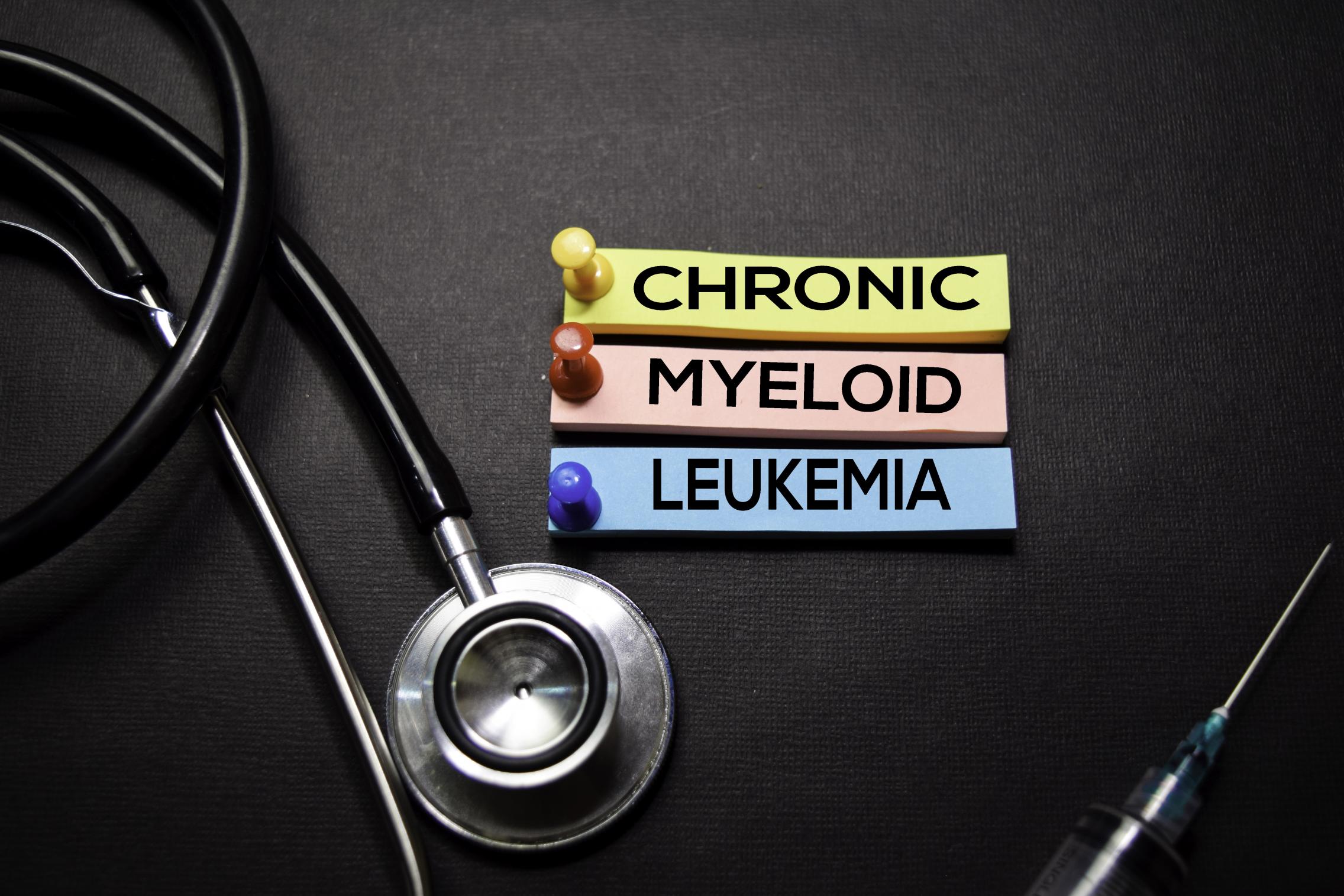
An international clinical trial involving Adelaide researchers has demonstrated the safety and efficacy of a next-generation treatment for people with chronic myeloid leukaemia (CML).
The study's lead author, Professor Tim Hughes, says successful development and testing of the new kinase inhibitor called asciminib is the biggest breakthrough in CML treatment this century.
"The development of the original tyrosine kinase inhibitor (TKI) called imatinib in the 1990s changed CML from a death sentence to a disease that in many patients could be managed until they lived to a ripe old age," Professor Hughes said.
"But while imatinib and subsequent TKIs have been very effective at improving survival, they frequently cause serious side-effects."
TKIs that are currently approved for use are not well targeted, attacking leukaemic cells but also damaging healthy cells.
"This trial of 150 patients showed asciminib is highly effective, even in patients who'd failed to respond to several other TKIs,"Professor Tim Hughes
Professor Hughes, a Cancer Council SA Beat Cancer Professor, says asciminib selectively blocks the mutant kinase present in the leukaemic cells.
"This trial of 150 patients showed asciminib is highly effective, even in patients who'd failed to respond to several other TKIs," Professor Hughes said.
"Equally as important, it's well tolerated by patients and appears to have significantly less longterm ill-effects compared to current treatments."
The results of this clinical trial were published today in the esteemed New England Journal of Medicine.
CML is a blood cancer that causes bone marrow to produce too many white blood cells. This excess of mutant white blood cells interferes with normal blood cell production. TKIs slow or stop this excess production of white blood cells.
Over 4,000 Australians are living with CML currently however the increasingly high survival rate brought about by TKI treatment means the disease is estimated to be the most common form of leukaemia by 2040.






